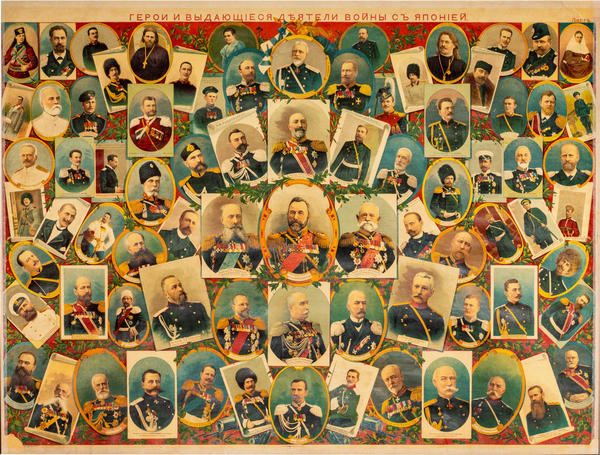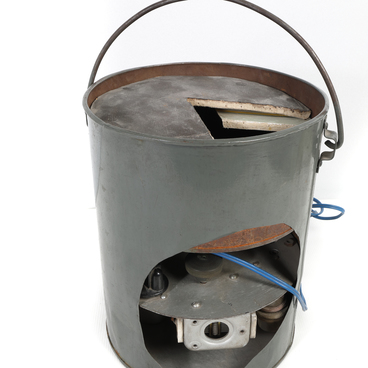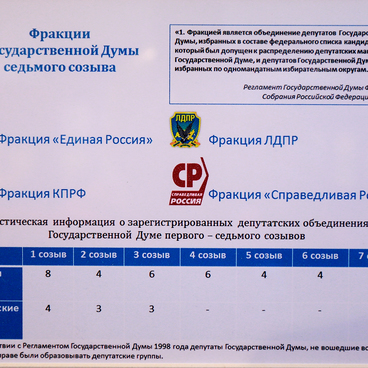At the beginning of the twentieth century, the sufficiently developed printing industry of the Russian Empire specialized in popular prints, which were sold in stores and at fairs. They were published in more than 30 lithograph houses in Moscow, St. Petersburg, Warsaw and some district cities.
The publishing house belonging to the partnership of Ivan Sytin and Co. was one of the largest in Russia. Sytin was a well-known publisher and educator. He owned the Russkoye Slovo (‘The Russian Word’) newspaper, published children’s books and textbooks, encyclopedias, omnibus editions of Russian classics and even magazines – for example, Vokrug Sveta (“Around the World”).
As early as at the age of 12, Sytin began to help his uncle at the Nizhny Novgorod Fair, and three years later he came to Moscow and got a job in the bookstore of the merchant Pyotr Sharapov. When he got married, he received an impressive amount as a dowry, invested it profitably and opened his first lithographic workshop. Gradually, production increased. In 1882, Sytin presented his products at the All-Russian Industrial Exhibition and received a silver medal for them.
In 1905, Sytin Printing House issued a series of posters dedicated to the iconic figures of the Russo-Japanese War. The museum’s exposition presents the second sheet from the series, which depicts 79 heroes of various battles who showed themselves during the fighting. The portraits on the poster are arranged by seniority of their military ranks.
The publishing house belonging to the partnership of Ivan Sytin and Co. was one of the largest in Russia. Sytin was a well-known publisher and educator. He owned the Russkoye Slovo (‘The Russian Word’) newspaper, published children’s books and textbooks, encyclopedias, omnibus editions of Russian classics and even magazines – for example, Vokrug Sveta (“Around the World”).
As early as at the age of 12, Sytin began to help his uncle at the Nizhny Novgorod Fair, and three years later he came to Moscow and got a job in the bookstore of the merchant Pyotr Sharapov. When he got married, he received an impressive amount as a dowry, invested it profitably and opened his first lithographic workshop. Gradually, production increased. In 1882, Sytin presented his products at the All-Russian Industrial Exhibition and received a silver medal for them.
In 1905, Sytin Printing House issued a series of posters dedicated to the iconic figures of the Russo-Japanese War. The museum’s exposition presents the second sheet from the series, which depicts 79 heroes of various battles who showed themselves during the fighting. The portraits on the poster are arranged by seniority of their military ranks.



